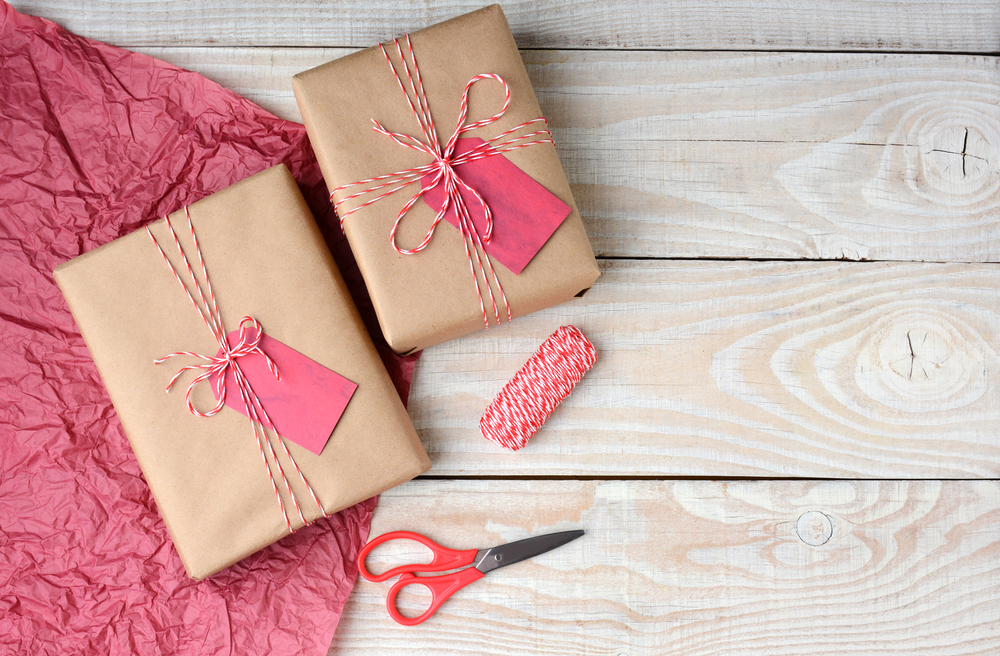An Eco-Friendly Christmas is Around the Corner
It’s that time of year, folks! And while we’re all for gift-giving, feasting with family and friends and decorating your living space, we’re not so keen on the astonishing amount of waste that usually accompanies these things. Here’s how to have just as much festive fun this Christmas, but with an eco-friendly, sustainable twist.
Gifts
Shorten the list
Do you REALLY need to buy presents for the entirety of your extended family and all the girls in your office? It sounds like a no-brainer, but it’s amazing the number of people that still get caught up in a quantity-not-quality mentality when it comes to gift-giving. Doing a secret Santa or all agreeing to go out for a nice family meal instead of exchanging presents this year will work to reduce the impact that your consumerism has on the environment.
Buy well
Ever feel like you’re giving a gift for the sake of giving a gift; and the task becomes more about ticking an item off your to-buy list than it is about giving a meaningful present? This can quickly become destructive on both your wallet and the environment; so try to make good, conscious choices in your gift-giving endeavours.
According to the EPA, upwards of 40% of all battery sales in the US occur during the holiday season—which poses a serious environmental hazard. So, why not forgo the electronics this year in favour or more back-to-basics gifts, like books, wooden toys, homewares and clothing?
Also, while some people may mock the concept of re-gifting (AKA passing on an unused or unwanted gift to someone else who will actually use and enjoy it), it actually makes complete, eco-friendly sense and avoids unnecessary waste. If you’re buying, try to purchase locally-made items from a reputable source—as this cuts out the carbon footprint of transporting an item halfway around the world. Bonus points if the item is made from recycled materials!
Wrapping
Did you know that in America, the annual amount of trash that comes directly from gift wrap and shopping bags totals over 4 million tons? Do your bit to counteract this astounding statistic by steering clear of metallic and glossy foil wrapping paper as it’s difficult to recycle, and reuse gift wrap where possible (yup, now is the time to put to use all those sheets of paper that you keep throughout the year insisting that they’re “too nice to throw away”)! Fabric wrapping paper or fabric bags also make for beautifully presented gifts, without the impact of paper waste.
Decorating
We know that putting the decs up is often what makes it feel like the start of the festive season—but you can be environmentally conscious with your choices. Limit the amount of lighting you use, turn them off when they’re not in use and opt for quality decorations that will last you year after year.
Opt for a live tree where possible, as this will limit the amount of plastic that ends up in landfill. Live trees are also up to 90% recyclable, making them a more sustainable choice.
Food
While festive feasting is often one of the most eagerly-awaited aspects of Christmas, it often results in an astonishing amount of food waste. According to Unilever, the UK alone amassed the equivalent of 4.2 million Christmas dinners’ worth of waste last year, which amounts to £64 million worth of food. Gross, right?
While it might feel easier to buy en masse with the thinking that it’s “better to have too much than too little”, all it takes is a little forethought and pre-planning to make sure you limit as much food waste as possible.
Plan your portions in accordance with how many people you’re catering for and buy only what you think you need, portion out leftovers into the fridge and freezer so that they last longer and get creative with the leftovers. When it comes to uneaten meat especially, there’s pretty much no end to ways you can use it. Turkey tacos, anyone?

